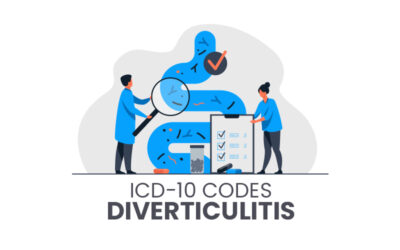There are several differences between the format of ICD-9 and ICD-10 coding and this has brought about new medical billing and coding challenges. One of these is the need to assign the 7th character denoting episode of care to codes in certain categories of ICD-10. The Centers for Medicare & Medicaid Services defines an episode of care (EOC) as the set of services provided to treat a clinical condition or procedure across a continuum of care. Coding correctly requires in-depth understanding of what episode of care means as well as the conditions for which the 7th character should be used.
The Initial Encounter
Under ICD-10, the initial encounter under EOC does not always mean the first encounter. EOC should be specified in the case of
- Injury, poisoning and certain other consequences of external causes, and
- Pregnancy, childbirth and the puerperium
Most of the above-mentioned conditions have three 7th-character extensions with the exception of fractures.
The 7th character is usually assigned one of the following three values for an EOC: A – Initial Encounter; D – Subsequent Encounter for injury with routine healing, and S – Sequela.
- A-Initial Encounter is defined as the period when a patient is receiving active treatment for an injury, poisoning or other consequences of an external cause. Examples of active treatment include surgical treatment, emergency department encounter, and evaluation and treatment by a new physician However, ‘initial encounter’ can refer to different things and ‘A’ can be assigned on more than one claim. For instance, the physician treating a patient for head injury in the emergency department would use A on the ED claim. If this patient is referred to radiology for a CT scan, the radiologist would also report the claim for services provided with A.
- D-Subsequent encounter refers to the encounter that takes place after the patient has received active treatment for a condition, and is receiving routine care during a period of healing or recovery. Examples of subsequent care include cast change or removal, removal of external or internal fixation device, medication adjustment, and other care after injury treatment. Here is an example to differentiate between A and D: Suppose a patient reports with abrasion to the right lower leg. The correct code to use for the initial encounter while the patient is undergoing active treatment for this abrasion is: S80.811A. This is not the same thing as “initial visit,” but indicates that the patient is undergoing active treatment. When the patient returns a week later to check on the status of the wound, the code for after care or “subsequent encounter” would be: S80.811D.
- S-Sequela, according to ICD-10, are the late effects of an injury. It is used for complications or conditions that occur as a direct result of an injury, such as scar formation after a burn.
An Exception – EOC for Fractures
Using the EOC 7th character is more complex in the case of medical coding for fractures. This is because the episode of care provides extensive information about the fracture such as which leg and which specific bones were injured, whether the injury is open or closed, whether the fracture is routine or occurring with complications such as delays, nonunion or malunion. Some examples of ICD-10 codes for fractures:
S42.001A – Fracture of unspecified part of right clavicle, initial encounter for closed fracture
S42.232K – 3-part fracture of surgical neck of left humerus, subsequent encounter for fracture with nonunion
For open fractures, the coder must know the type of associated trauma the patient suffered to capture the Gustilo open fracture classification.
The Bottom Line
According to the Federal Documentation Guidelines, “Medical record documentation is required to record pertinent facts, findings, and observations about an individual’s health history including past and present illnesses, examinations, tests, treatments, and outcomes”.
In professional medical billing and coding companies, coders are up-to-date on ICD-10 coding intricacies. By focusing on patient diagnosis and coding episode of care from that perspective, they can ensure medical coding accuracy for optimal reimbursement.




